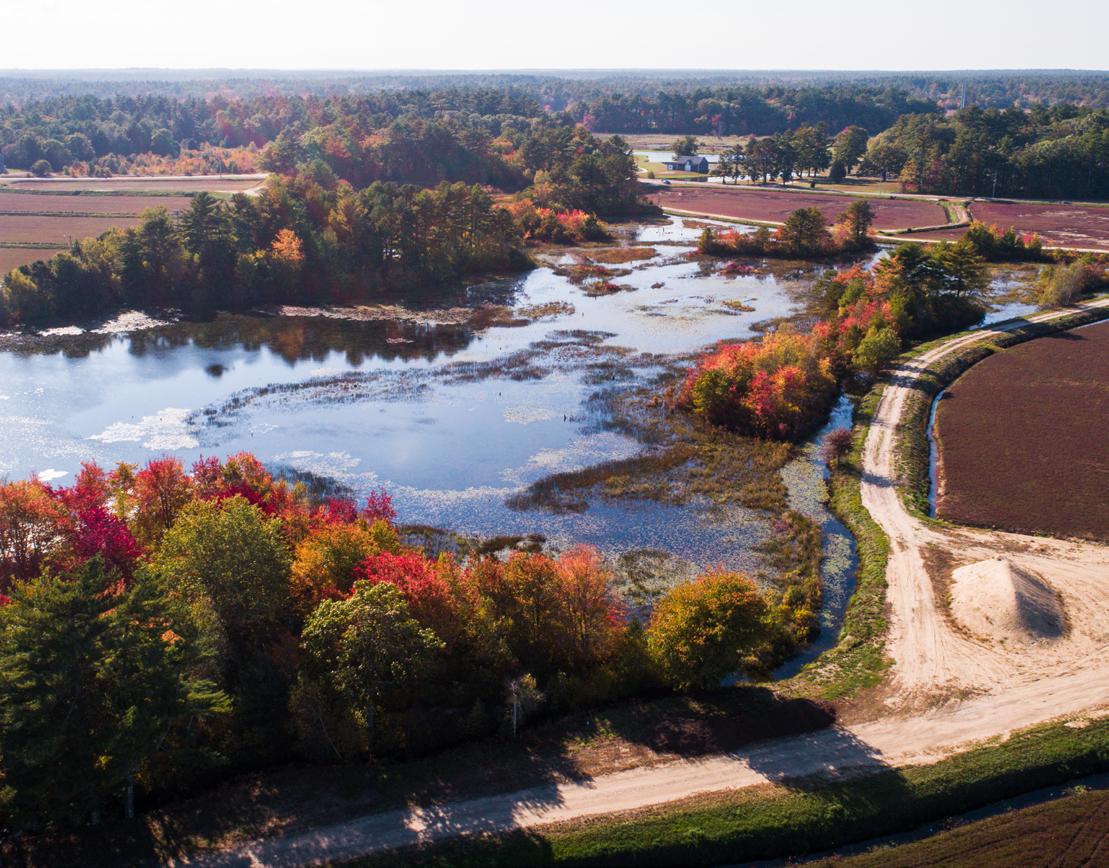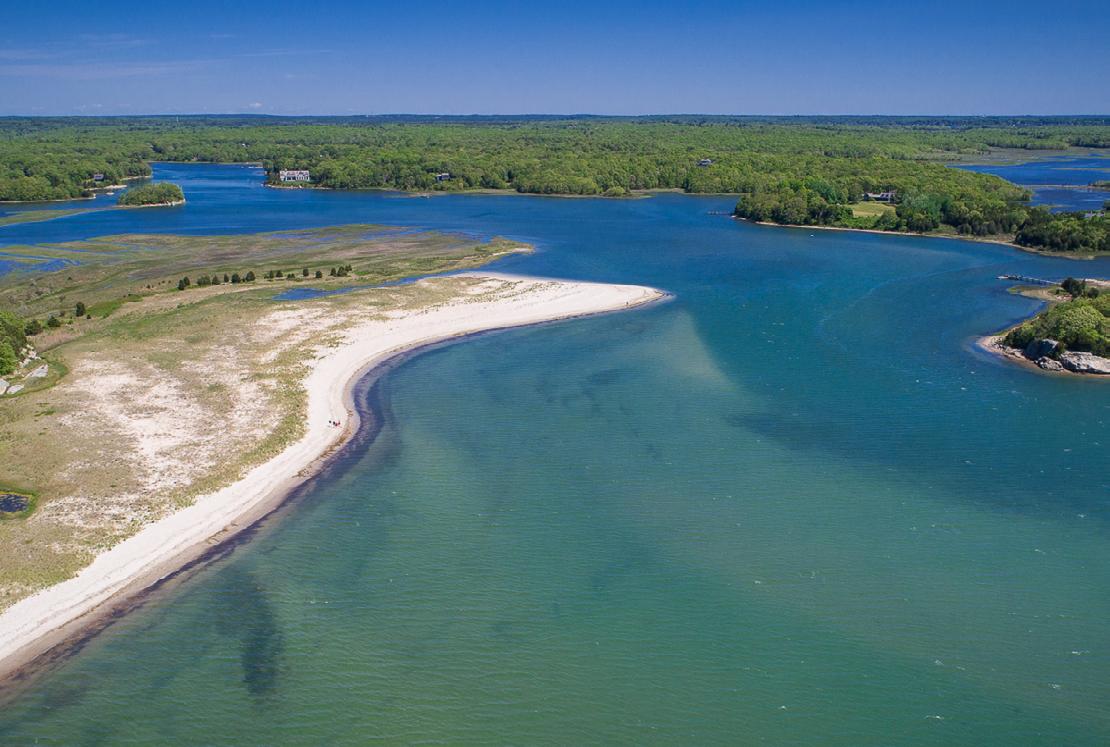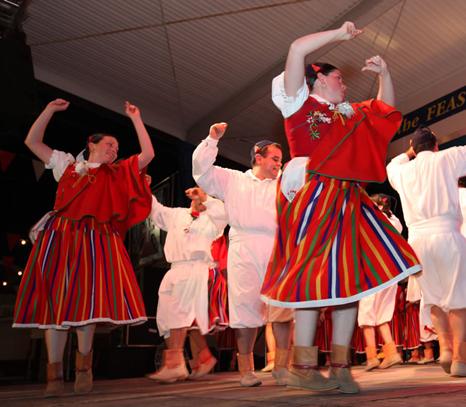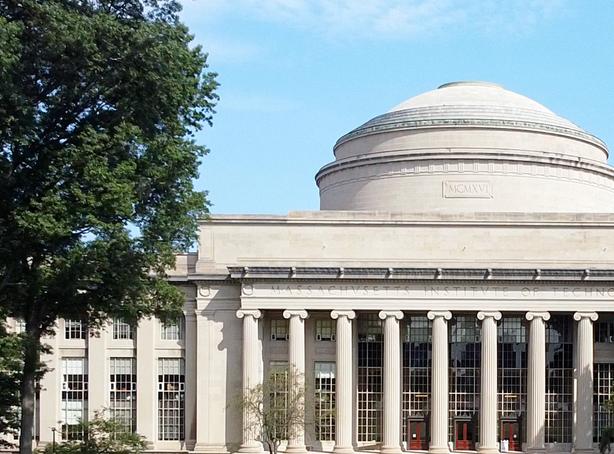
2 minute read
Our Strengths
by SRPEDD
Strength in healthcare, manufacturing, value-added agriculture, and fishing
Our region hosts important industry clusters that present further opportunity for economic growth. These regional clusters are either in line with or superior to their counterparts in the already strong Massachusetts economy. This is especially true for7:
• Manufacturing (NAICS code 31-33), which accounts for 10.6% of employment in Bristol County (compared to 6.9% in Massachusetts, as a whole).
• Healthcare (NAICS code 62), which accounts for 20.0% employment in Bristol and 18.7% in Plymouth County (compared to 18.7% in Massachusetts, as a whole).
• Fishing (and other Agriculture, NAICS code 11), which accounts for 1.9% employment in the New Bedford NECTA (compared to 0.3% in Massachusetts as a whole). While this industry is relatively modest in terms of direct employment, the New Bedford/Fairhaven port is a large and growing economic engine in terms of total economic output and all associated activity.
7 All data from the MA Executive Office of Labor and Workforce Development (EOLWD), 2020.
Similarly, our value-added agricultural industry – primarily cranberry growing in Plymouth and Bristol Counties – is a growing asset. For example, between 2007 and 2017, crop values in Plymouth County increased by 7%; values in Bristol County grew by 15%. These rates compare to 3% in Massachusetts as a whole.8
8 U.S. Department of Agriculture; see Agriculture section in the Appendix
Incredible coastlines, rivers, natural resources, and recreation

We have hundreds of miles of coastline (that rival Cape Cod and the Islands in terms of beauty and access), numerous state parks, one of the few urban National Parks in the U.S. in downtown New Bedford, the Wild and Scenic Taunton River, productive and beautiful farms, bogs, and orchards, and diverse active and passive recreation opportunities, such as the emerging South Coast Bikeway, throughout the region.9
9 The South Coast Bikeway will be a 50-mile continuous system of bike paths, multi-use paths and bike lanes connecting existing routes in Rhode Island to Cape Cod. For more information, please see the project website - www.southcoastbikeway.com
Cities and large towns with growing and increasingly more diverse and educated populations

Our region is growing. Between 2010 and 2020, Bristol and Plymouth counties grew at 2.7% and 5.0%, respectively.10 And while these overall rates are lower than that of Massachusetts as a whole,11 many of our communities are diversifying and thriving. New Bedford and Taunton both grew at a rate of 6.3% and welcomed a total of nearly 10,000 new residents. Fall River grew at a rate of 5.8% with a net change of over 5,000 new residents. Mid-sized towns, such as Middleborough (4.9%), Wareham (6.8%), and North Attleborough (7.4%) also grew – and these three communities alone welcomed a total of nearly 5,000 new residents. Finally small towns also did their part – for example, Dighton grew by 1,000 residents at a rate of 14.3%. In short, communities across the region are growing and becoming more racially diverse and educated.12
10 All data from the U.S. Census.
11 Driven by growth in Metro Boston, Massachusetts grew at a rate of 5.8% over the same period
12 See table B. Racial-Ethnic Profile and D. Educational Attainment in the Appendix.
Proximity to world-class institutions in Boston, Worcester, and Providence
Southeastern Massachusetts is strategically located near Boston’s cluster of world-class universities, such as Boston University, Northeastern University, Harvard, Tufts, and MIT. Nearby Worcester is home to Clark University, Worcester Polytechnic Institute, and College of the Holy Cross. We are even closer to Providence, which hosts Brown University, Providence College, and the Rhode Island School of Design (RISD). Each of these schools produce potential modern workers – and institution presents opportunities for economic development partnerships.




